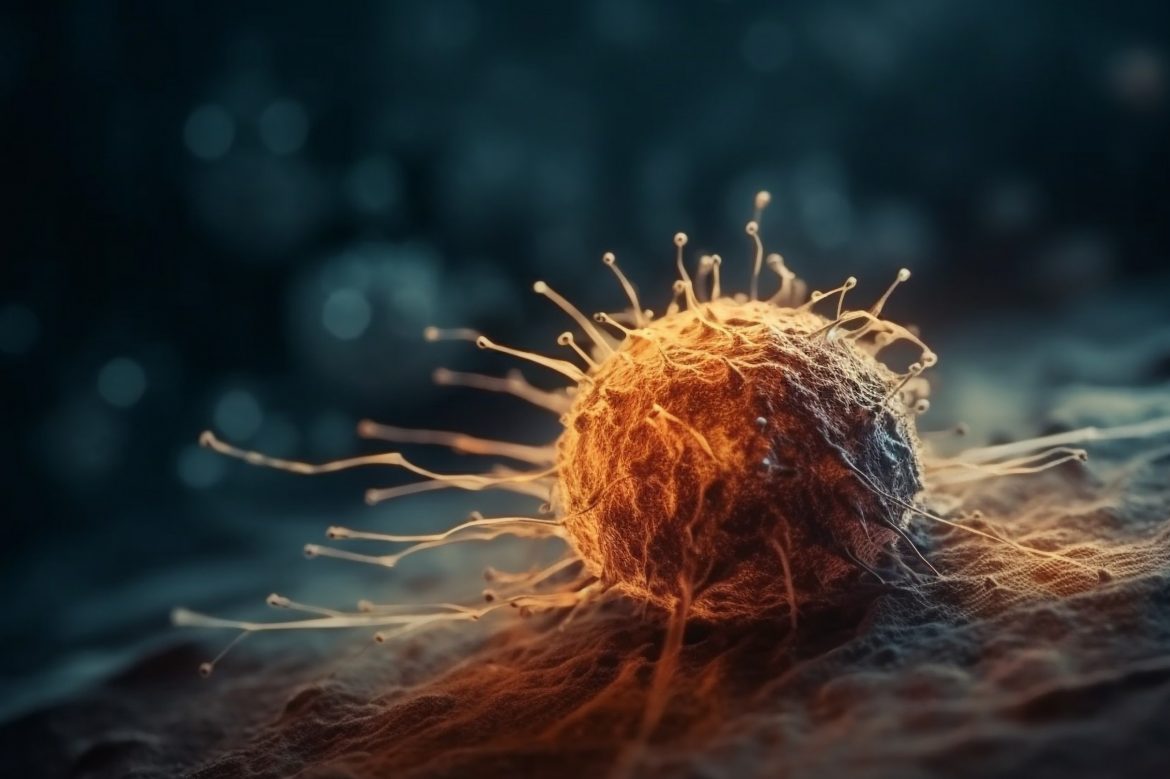
New Molecular Pathway: Discovery Offering Hope in Cancer Treatment
Nearly half of all cancer patients suffer from excessive weight loss due to the loss of adipose and skeletal muscle tissues, or cachexia. This progressive illness not only impairs the quality of life for cancer patients but also poses a severe threat to treatment since it obstructs the use of effective medicines, especially in advanced stages. Current research yet fails to offer an effective therapy to slow down or block this wasting because the driving forces behind the atrophy process remain incompletely understood.

A recent article published in Nature, however, reveals an essential molecular mechanism that can make a change in this process. The research led by Asst. Prof. Serkan Kır from Koç University illustrates how the activation of EDA2R signaling promotes skeletal muscle atrophy and how the deletion of either EDA2R or the enzyme NIK, can be an effective way to protect the organism from muscle loss. In the article along with Şevval Nur Bilgiç and Aylin Domaniku, Dr. Serkan Kır identifies these novel molecular targets for anti-cachexia therapy.
Dr. Serkan Kır’s laboratory at the Department of Molecular Biology and Genetics utilizes molecular biology approaches, primary cell culture techniques, mouse tumor models, and human tissue samples to dissect molecular mechanisms behind tumor signaling to adipose and muscle tissues.
In their recent article, “EDA2R–NIK signalling promotes muscle atrophy linked to cancer cachexia”, the researchers arrived at a conclusion that targeting these pathways may be a potential solution in preventing muscle loss. The fact that the activities of the components of this molecular pathway can be altered by drug usage indicates a strong potential for treatment.
Dr. Serkan Kır provided information regarding his research as follows:
“Our research is focused on two different mechanisms. Our tumor transplantation experiments in mice show that these two mechanisms are activated in muscle tissue. In our study, we focused on the functions of the proteins involved in these mechanisms. Our experiments in muscle cell culture showed that when these mechanisms are stimulated, the cells shrink significantly. In addition, activation of these mechanisms in the muscle tissues of mice also leads to a decrease in muscle mass. Our results suggest that these mechanisms may be directly involved in muscle loss when stimulated by tumors.”
“Our study has elucidated two new mechanisms that trigger cancer-induced muscle wasting. With this new information, we have contributed to the development of therapeutic tools, and it is likely that new solutions will become widespread all over the world. We are continuing to study what other roles the mechanisms we discovered play. It is thought that the findings of the study are related to different muscle diseases and aging-related muscle loss processes. Our goals include examining the role of these mechanisms in aging and type 1 diabetes-related muscle loss, in addition to cancer-related weight and muscle loss.”
The research team believes that this newly discovered molecular pathway could also function in complications leading to muscle loss beyond cachexia. Treatments for muscular dystrophy diseases and age-related muscle loss (sarcopenia) could also benefit from these findings. In their subsequent studies, the team plans to explore the roles of the relevant protein targets in other muscle loss disorders.
REFERENCES
- 1. https://www.nature.com/articles/s41586-023-06047-y
